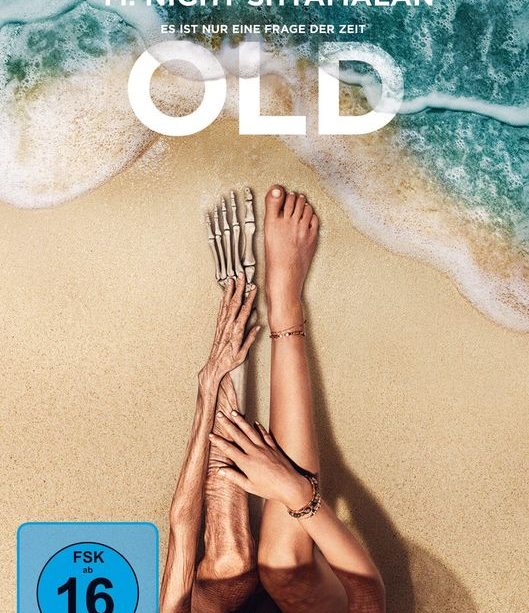The Enduring Significance of Old Film in Modern Cinema

Introduction
The realm of cinema has undergone significant transformations since its inception, but the importance of old film remains profoundly relevant. Classic films not only serve as a reference point for filmmakers but also shape the tastes and perceptions of audiences today. These films, with their unique storytelling techniques and historical contexts, provide insights into the cultural landscapes of their times, making them indispensable in understanding contemporary cinema.
Impact on Modern Filmmaking
Old films have had a lasting impact on the techniques and narratives found in today’s cinema. Many acclaimed directors, including Quentin Tarantino and Martin Scorsese, frequently cite older works as critical influences on their styles. Tarantino’s films, for example, often pay homage to classic genres and directors, showcasing how old films can inspire and innovate. Cinematic techniques such as lighting, editing style, and sound design pioneered in earlier decades still resonate and are frequently adopted by filmmakers.
Cultural Significance and Preservation
In addition to their influence on filmmaking, old films act as cultural artifacts that provide a window into societal values, norms, and issues of their time. For instance, films from the 1950s often reflect the post-war climate of trust and conformity, while the counterculture movement of the 1960s is encapsulated in films like Easy Rider. As cultural landscapes evolve, the preservation of these films becomes crucial for future generations to understand the social dynamics of the past. Initiatives by organisations such as the American Film Institute and the British Film Institute work to restore and preserve these cinematic treasures.
The Revival of Interest
In recent years, there has been a noticeable revival of interest in classic films among younger audiences, driven in part by streaming platforms like Netflix and Amazon Prime, which offer extensive libraries of old movies. Special screenings, film festivals, and retro cinema nights are increasingly popular, allowing a new generation to appreciate the artistry and historical context of these films. Moreover, social media platforms create communities where enthusiasts share and discuss old films, fostering a collective appreciation of this art form.
Conclusion
In conclusion, old films are more than just remnants of the past; they are vital to our understanding of film as an art form and cultural mirror. Their influence persists in today’s cinematic narratives and practices, reminding us that storytelling through film is a timeless craft. As we move into an increasingly digital future, ensuring the accessibility and preservation of old films will be crucial not only for film scholars and students but for anyone seeking to understand the evolution of storytelling in the moving image.







